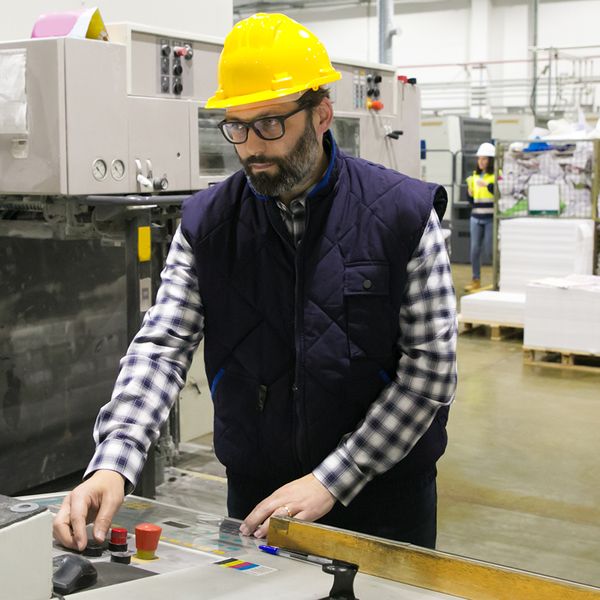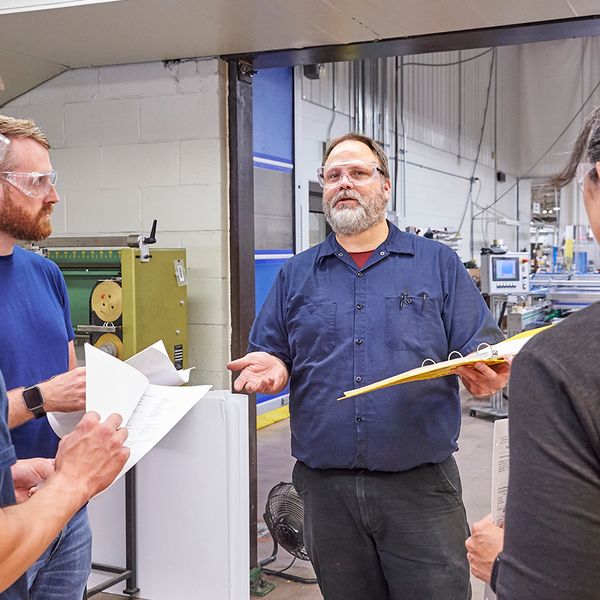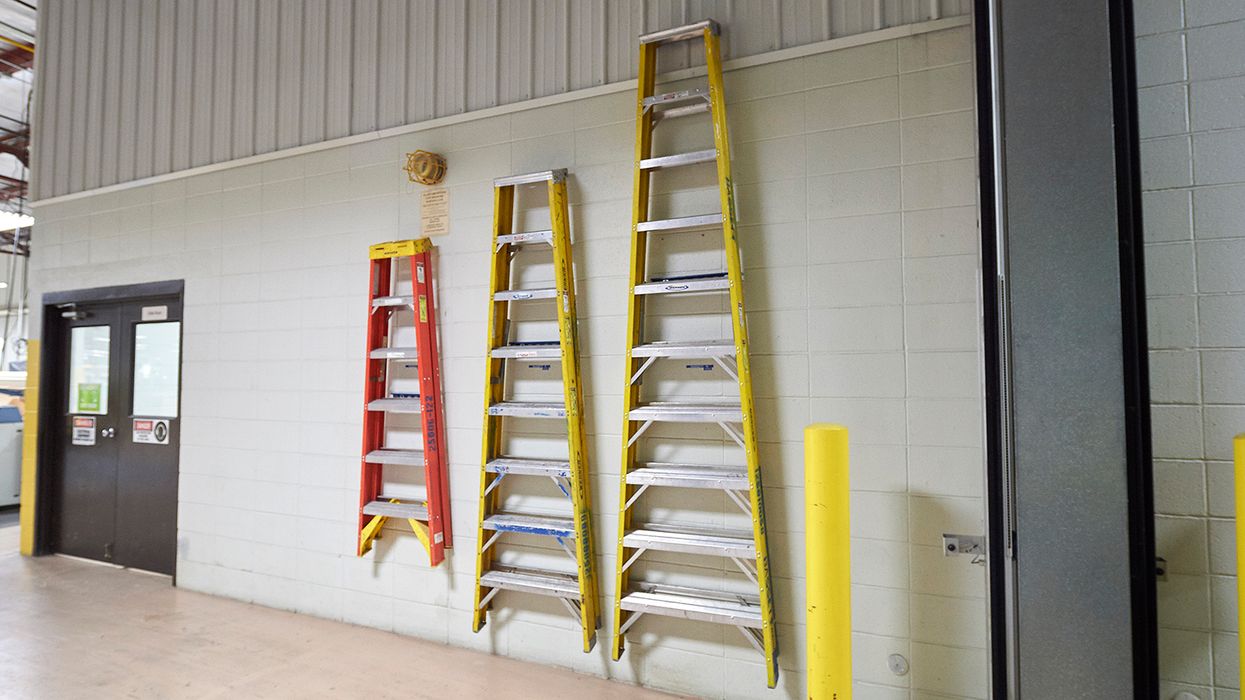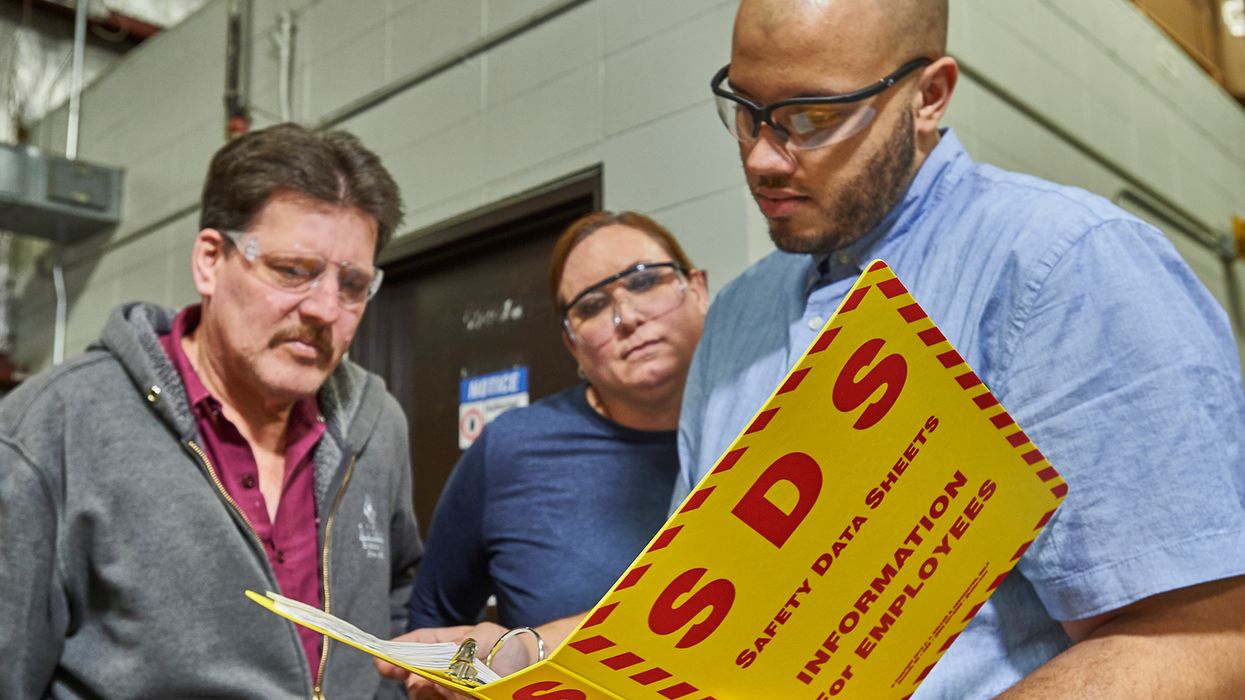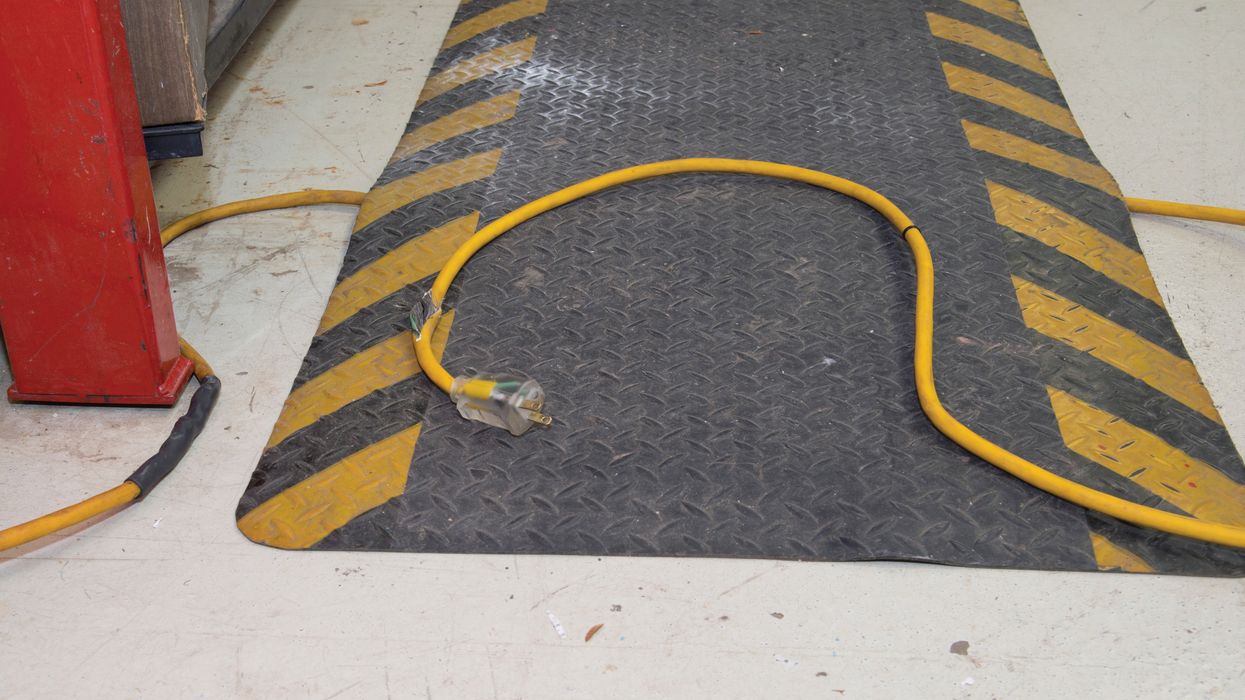Shining a light on laser safety
When you think of lasers, does your mind go to the movie Austin Powers when Dr. Evil demands his henchmen bring him sharks with laser beams attached to their heads? Or, going back further, do you immediately think of the character Goldfinger threatening James Bond with an industrial laser? While it could be argued that those are instances of workplace use of lasers, they’re obviously not situations the rest of us face.
Lasers have applications in a variety of industries, including healthcare, communications, manufacturing, welding, surveying, and robotics. You could say that they’re everywhere. The trouble is, because they can focus intense energy onto a small area, lasers pose a greater hazard to the eyes or skin than ordinary light.
What regulations apply?
While OSHA has regulations at 29 CFR 1926.54 for lasers in construction operations, there’s no comprehensive laser regulation for general industry, agriculture, or maritime. For that reason, it’s important to follow the manufacturer instructions for safe use of equipment.
Additionally, the American National Standards Institute (ANSI) Z136 series of laser safety standards provides guidelines for the safe use of lasers in a number of applications and settings. The series also calls for a laser safety program. ANSI standards are voluntary consensus standards. However, OSHA inspectors may turn to them for hazard abatement ideas when citing under the General Duty Clause. That’s Section 5(a) of the Occupational Safety and Health Act. It requires employers to keep a safe and healthful workplace free of recognized, serious hazards.
Even though you won’t find a comprehensive OSHA standard on lasers for general industry, some related regulations may apply. These include those on:
- Personal protective equipment (PPE) (29 CFR 1910.132),
- Eye and face protection (29 CFR 1910.133), and
- Accident prevention signs and tags (29 CFR 1910.145).
The OSHA Technical Manual states that in some laser operations, particularly research laboratories, there may be potential hazards associated with compressed gases, cryogenic materials, toxic and carcinogenic substances, and noise. This could bring further regulations into play at your workplace. These include:
- Occupational noise exposure (29 CFR 1910.95),
- Hazard communication (29 CFR 1910.1200), and
- Toxic and hazardous substances (29 CFR 1910 Subpart Z).
You may also need to provide adequate ventilation to eliminate or reduce exposure to harmful fumes and vapors.
What training is needed?
As with any hazardous equipment, training is critical. For general industry, consider training in:
- Equipment — As mentioned, it’s a best practice to follow the manufacturer recommendations. Some manufacturers or distributors may offer training on their products. ANSI Z136.1, American National Standard for Safe Use of Lasers, provides a chapter on education and training. Other standards in the Z136 series also may have training provisions.
- PPE — Employees required to wear PPE must be trained to know:
- When and what PPE is necessary;
- How to properly put on, remove, adjust, and wear PPE;
- Limitations of the PPE; and
- Proper care, maintenance, useful life, and disposal of the PPE.
- Signs and tags — Where danger, caution, or safety instruction signs are required, you must train your employees to understand their meaning.
- Hazard communication — Employees exposed or potentially exposed to hazardous chemicals (e.g., fumes and vapors) must be trained per the requirements at 29 CFR 1910.1200(h) and (j).
- Occupational noise exposure — If employees’ noise exposure equals or exceeds 85 decibels over an 8-hour time-weighted average, you must implement a hearing conservation program. This includes training provisions at 29 CFR 1910.95(k).
Key to remember: OSHA doesn’t have a comprehensive laser regulation for general industry operations. Yet, several other regulations in 29 CFR 1910 may be applicable. Follow the manufacturer instructions for safe laser use and consider referencing the ANSI Z136 series.





